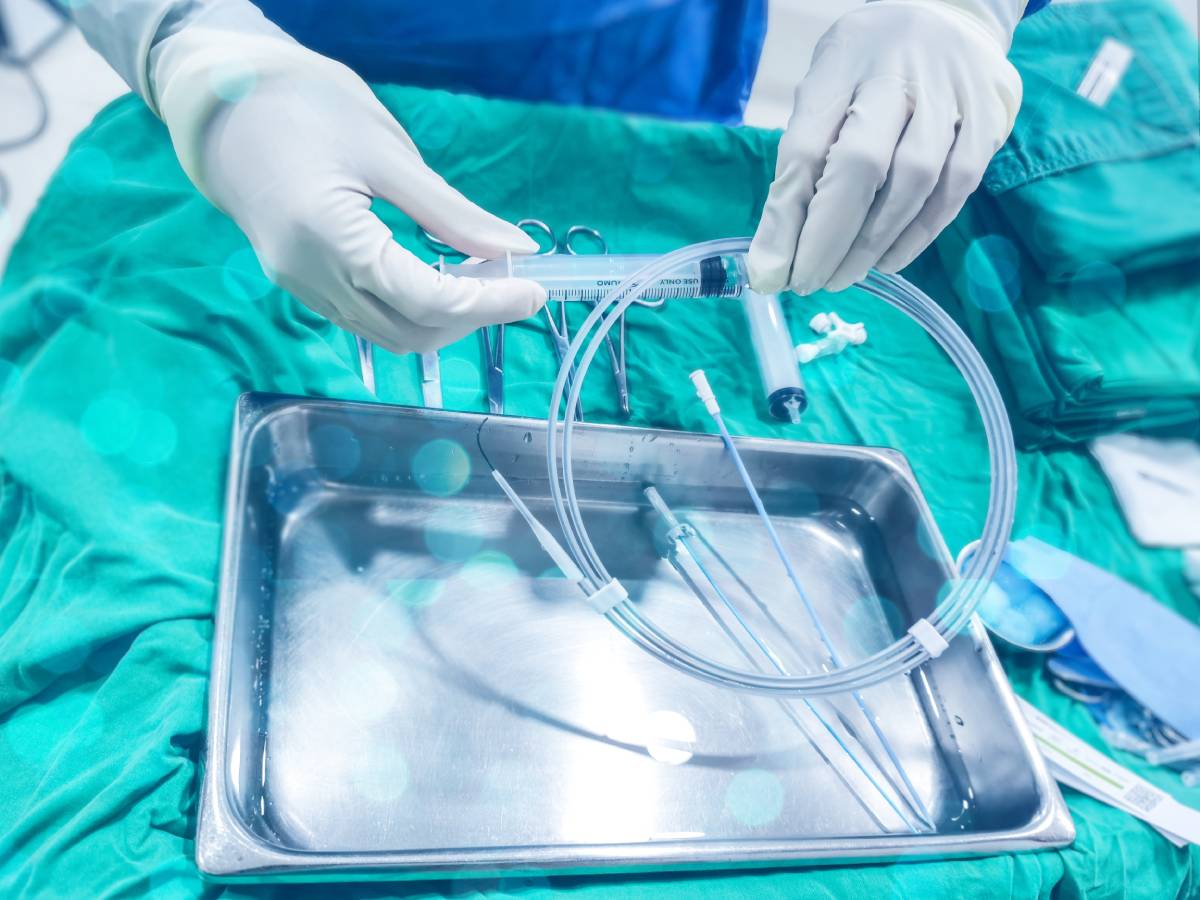Longevity of Catheters for Regional Anesthesia

Catheters are commonly used in regional anesthesia to provide continuous pain relief in both perioperative and postoperative settings. The longevity of these catheters plays a critical role in pain management, affecting both the effectiveness of pain relief provided by regional anesthesia and the risk of complications such as infection, dislodgement, and nerve injury. Optimizing the duration of catheter use can ensure prolonged pain relief while minimizing adverse effects.
A study evaluating the use of continuous erector spinae plane (ESP) catheters in chest trauma patients found that the median duration of effective analgesia was approximately four to six days, with a subset of patients experiencing functional pain relief for up to ten days (1). This variability in catheter longevity was largely attributed to differences in catheter placement, fixation techniques, and patient movement. The study also highlighted the importance of tunneling catheters subcutaneously to prevent premature dislodgement, which was a leading cause of catheter failure in shorter cases.
Another study analyzed the longevity of catheters for peripheral nerve blocks, a type of regional anesthesia, in pediatric palliative care patients. It found that catheter duration could be significantly extended in cases where tunneling techniques were used (2). In one notable case, a patient with osteosarcoma successfully retained a tunneled femoral nerve catheter for several weeks, demonstrating that prolonged catheter use is possible with proper insertion and fixation. However, the study also emphasized that the risk of infection increases with time, requiring strict aseptic handling protocols and regular monitoring for signs of contamination.
Mechanical failure is also a significant issue in catheter longevity. A retrospective study focused on continuous regional anesthesia in the critical care setting found that catheter occlusion was one of the most common reasons for premature removal (3). This study found that implementing routine catheter flushing protocols and ensuring appropriate catheter size selection helped reduce the risk of occlusion, resulting in longer catheter function. In addition, catheters with coiled or kink-resistant designs were found to be more durable than traditional flexible options, supporting the need for continued innovation in catheter technology.
In a study of radial arterial catheter failures in critical care patients, researchers found that selecting the optimal insertion zone plays a critical role in maximizing catheter longevity (4). This study found that catheter failure rates were significantly higher in areas involving excessive patient movement, such as near joints, due to increased mechanical stress. The findings suggest that careful selection of insertion sites may prevent premature failure and improve catheter performance over time.
Infection remains one of the greatest concerns limiting the longevity of catheters in regional anesthesia. Studies show that the risk of bacterial colonization increases significantly after 48 to 72 hours of continuous use (5). The use of antimicrobial-coated catheters has been proposed as a solution to prolong catheter use while reducing the risk of infection. A comparative analysis found that catheters coated with chlorhexidine-silver sulfadiazine had a significantly lower infection rate compared to uncoated catheters, suggesting that implementation of antimicrobial technology may be a viable strategy to increase catheter longevity.
Despite advances in catheter materials and fixation methods, catheter longevity remains highly variable and dependent on several patient and procedural factors. The median duration of use in various studies ranges from four to seven days, with some patients achieving effective analgesia for up to two weeks under optimal conditions. Future research should focus on refining catheter design, improving insertion and fixation techniques, and developing more effective infection prevention strategies. With continued advances, the goal of maximizing catheter longevity while ensuring patient safety and comfort can be more consistently achieved.
References
- White LD, Riley B, Davis K, et al. Safety of Continuous Erector Spinae Catheters in Chest Trauma: A Retrospective Cohort Study. Anesth Analg. 2021;133(5):1296-1302. doi:10.1213/ANE.0000000000005730
- Rork JF, Berde CB, Goldstein RD. Regional anesthesia approaches to pain management in pediatric palliative care: a review of current knowledge. J Pain Symptom Manage. 2013;46(6):859-873. doi:10.1016/j.jpainsymman.2013.01.004
- D’Souza RS, Shen S, Ojukwu F, Gazelka HM, Pulos BP. Partnering with Palliative Care: A Case Report of Severe Pain in Critical Limb Ischemia Treated Successfully with a Continuous Popliteal Nerve Catheter. Case Rep Anesthesiol. 2020;2020:1054521. Published 2020 Apr 6. doi:10.1155/2020/1054521
- Imbrìaco G, Monesi A, Spencer TR. Preventing radial arterial catheter failure in critical care – Factoring updated clinical strategies and techniques. Anaesth Crit Care Pain Med. 2022;41(4):101096. doi:10.1016/j.accpm.2022.101096
- Rork JF, Berde CB, Goldstein RD. Regional anesthesia approaches to pain management in pediatric palliative care: a review of current knowledge. J Pain Symptom Manage. 2013;46(6):859-873. doi:10.1016/j.jpainsymman.2013.01.004